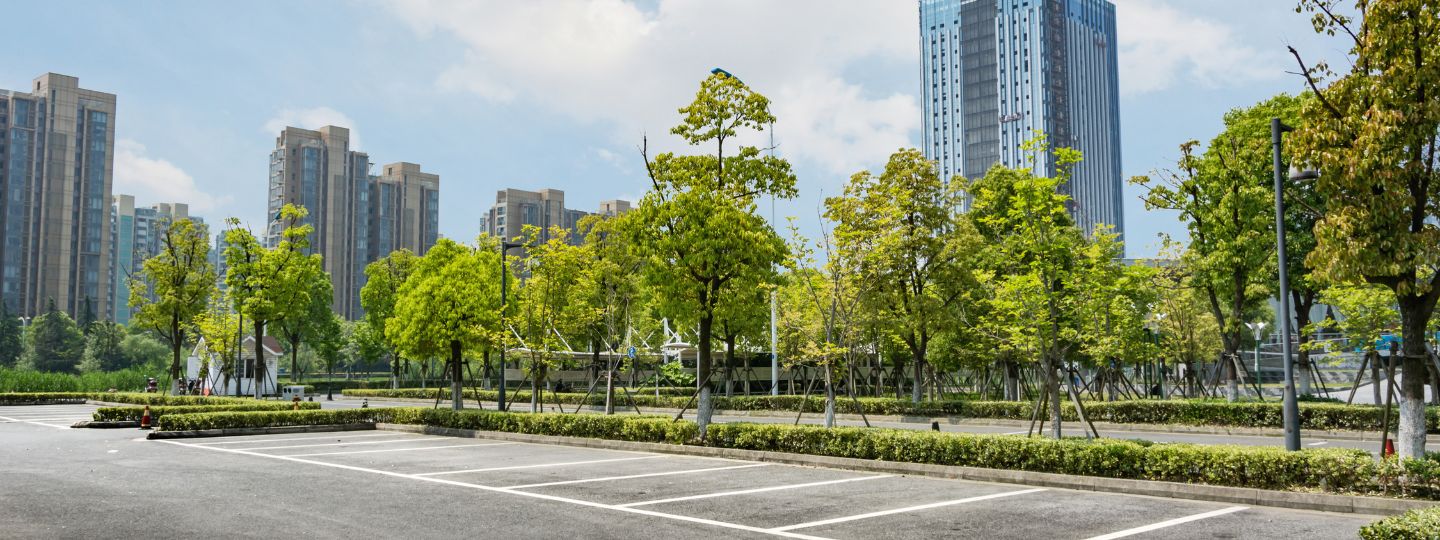A Guide to Understanding Low Emission Zones (LEZs)
Low Emission Zones (LEZs) are geographic areas where access to certain vehicles is restricted or regulated to improve air quality and reduce pollution. These zones are a key strategy in many large cities to promote more sustainable and healthy mobility. This blog provides a detailed explanation of what Low Emission Zones (LEZs) are, how they work and what impact they have.

What are Low Emission Zones?
The ZBEs are sectors of a city where restrictions on vehicle traffic are established to reduce environmental pollution. These restrictions usually apply to more polluting vehicles, such as those with older diesel engines, promoting the use of cleaner and more sustainable transport.
Operation of the EPZs
- Access Restrictions: EPZs limit access to vehicles based on their emission levels. Vehicles that do not meet certain emission standards may be fined or simply not allowed to enter these zones during specific hours or days.
- Signage and Control: EPZs are clearly marked to inform drivers of their existence and limits. Access controls can be manual or automated, using cameras and license plate recognition systems to enforce restrictions.
- Clean Vehicle Incentives: Cities often offer incentives for electric or hybrid vehicles, such as free access to LEZs or reduced parking fees and tolls.
Benefits of EPZs
- Improved Air Quality: By reducing the number of polluting vehicles in key areas, EPZs can significantly reduce levels of nitrogen dioxide and fine particulate matter, improving public health.
- Promotion of Sustainable Transportation: The ZBEs encourage the use of cleaner transportation alternatives, such as cycling, walking or the use of electric vehicles.
- Noise Reduction: With less heavy and polluting vehicle traffic, the areas also experience a significant reduction in noise levels.
Challenges and Considerations
Implementing ZBE is not without its challenges. Public opposition may arise, especially from those who rely on vehicles for their daily work. In addition, implementing ZBEs requires significant investment in technology and infrastructure to monitor and enforce the restrictions.














